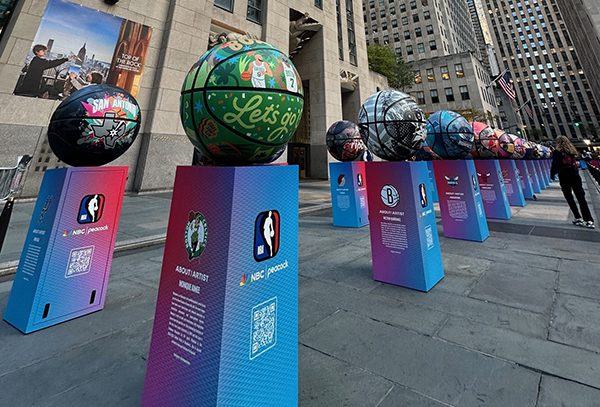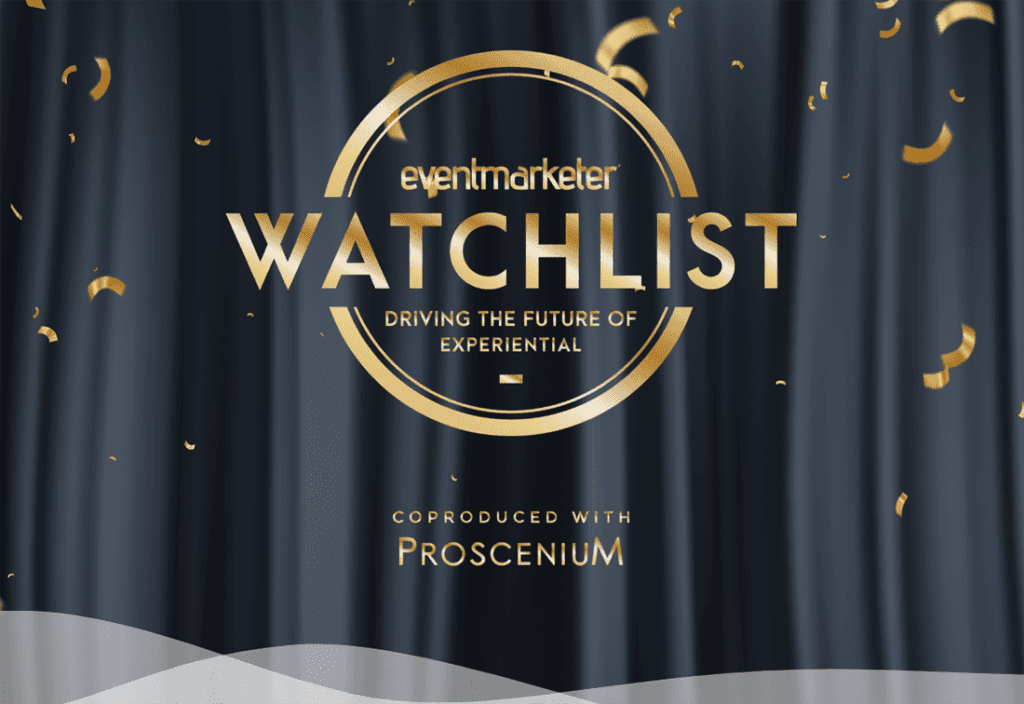AT ITS CORE, contact strategy deals with using information about customer purchases, promotion patterns, interests and preferences to not only profitably regulate the sequence and frequency of customer contact, but appropriately customize the offer, creative thrust and positioning of contacts.
Today’s use of contact strategy differs from traditional customer management because all key decision criteria is based at the customer or individual level. Whether a customer is included in a promotion or campaign is determined by the incremental profit to be gained from that contact for that customer.
To illustrate the scope of contact strategy and how it applies to different types of marketers, let’s look at an automobile manufacturer.
Traditional direct marketers such as catalogers differ from car companies in a number of important ways. First, how they sell. For the most part, catalogers are easily able to track and measure sales results. They enjoy a direct distribution channel and direct communication with their customers. Car companies do not. Their only direct communication channel is through their dealerships.
Catalogers sell a variety of products all at once; car companies don’t. They sell big-ticket items one at a time, which usually require some type of financing. And, with the exception of a handful of companies, most catalogers don’t use outside advertising to develop a brand image or support their catalog efforts. Car companies, on the other hand, rely on a variety of media to create brand awareness and promote competitive advantages about their models.
But car companies and catalogers also have something in common: Both have turned to contact strategy. Car companies are using surveys to capture critical information about their customers. These surveys usually consist of some eight to 10 questions to help the company learn more about a person’s “hot buttons,” purchase window and monthly payment tolerance. Responses are analyzed so the company can customize the frequency and contents of follow-up mailings according to a particular person’s needs and preferences.
How often a person is contacted and at what frequency depends on the person’s purchase window. Those expecting to make a decision within the next month usually only receive a survey acknowledgment, along with information that appropriately positions how certain models match their needs and price range. Those with longer purchase windows receive a series of communications so the company can further engage customers in an ongoing dialogue.
What’s striking about this is twofold. First, these marketers have been able to appropriately customize their responses based on the specific needs and wants of the people they are communicating with. Second, they’ve found a way to effectively integrate contact strategy as part of their overall brand and marketing communications efforts.
It is noteworthy how some of these car companies are catching up with their DM colleagues when it comes to measuring results. In at least one instance, holdout samples have been created and maintained to help track the success of the program over time. Names in these groups are intentionally “held out” from receiving surveys and other program materials. Each quarter the purchase rates for these sample names are compared with the purchase rates for those names that have gone through the program to measure the incremental gains attributed to the program.



